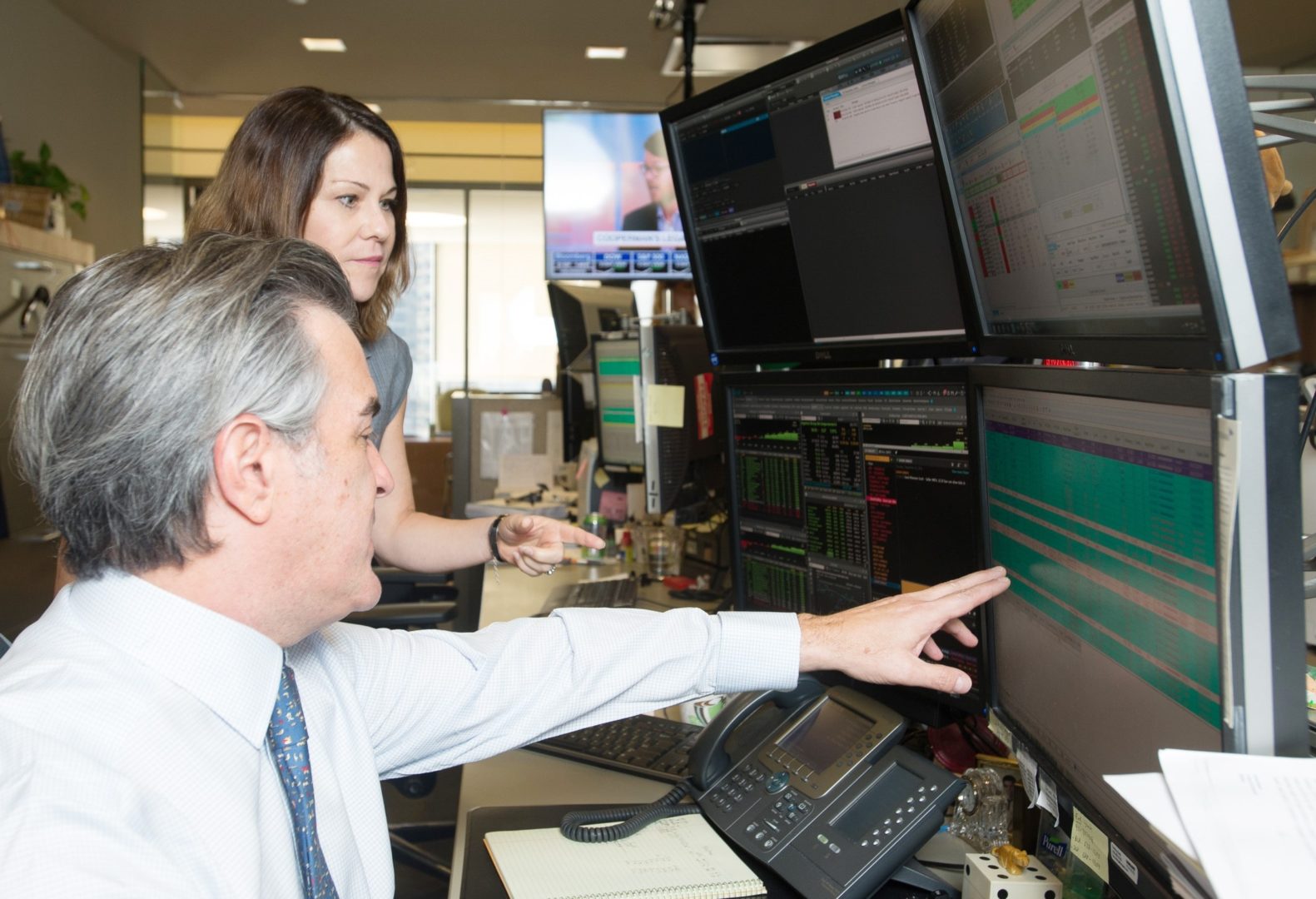Subscribe to Our Insights
Thought Leadership

Caveat Emptor
By Paul Kleinschmidt on September 17, 2015
Buyer beware: ETF’s may not be what they appear
Exchange Traded Funds (ETF’s) have been all the rage the past few years as money has flowed out of actively managed portfolios and into investment vehicles that mirror various indices. After all, portfolio managers rarely outperform the broader stock indices and the overwhelming majority of actively managed portfolios have underperformed their benchmarks over the past few years. Furthermore the difference in fees can have a meaningful impact on long term compounding of returns, or so the thinking goes.
Allegedly, research analysts of today have more sophisticated systems and processes at their disposal and, notwithstanding Reg FD, have greater access to information than even before. Throw in the continued proliferation of index funds to the mix and some media and famed investors have noted that a much more efficient market makes it nearly impossible for even the best money managers to offer comparable returns and less risk than the broader markets. A more likely reason, in our view, is that we are in the midst of a liquidity driven market which has pushed shares of the most widely owned and largest companies higher. Since these are the stocks found in the most widely used indices, which are weighted by market capitalization, the indices may have over-estimated the strength of the markets as a whole. For example, small capitalization names, particularly on the value side, have considerably lagged the indices.
However, we believe there are signs pointing to a change in these conditions, possibly setting the stage for more of a ‘stock-pickers’ market. Maybe; maybe not. What is certain is that investors have flocked to ETF’s in recent years, pouring hundreds of billions of dollars into these vehicles in an attempt to lower management fees and mimic market or sector returns; but, as The Wall Street Journal recently noted, ETF investors may be in for a rude surprise. When the Dow Jones Industrial Average fell more than 1,000 points on August 24th, “Dozens of ETFs traded at sharp discounts to the sum of their holdings, worsening losses for many fund holders who sold during the panic.” In fact, brand name ETF’s, meant to do nothing more than track major indices exhibited deeply disconcerting behavior. The $66 billion iShares Core S&P 500 ETF, to name just one, was down 26% in intraday trading, while the S&P 500 index fell only as much as 5.3% during the session. While this ‘flash crash’ in ETF’s didn’t last long, the price action exhibited was concerning to say the least. There has been plenty of speculation as to what may have caused this worrying event; Rule 48, algorithmic trading, or perhaps less liquidity in the markets overall as a result of recent banking regulations. No one knows for certain and there do not appear to be any fixes in the works. While it’s just a hunch, it certainly feels as though the last chapter to this story has yet to be written.
Managing wealth for successive generations is tougher work than it may appear at first blush. To combat the eroding forces of inflation and taxation, coupled with a demand for income from an increasing number of family members as the years wear on, is a distinct challenge. However there are a few golden rules that are instrumental in meeting the challenges of multi-generational wealth management. Among them is, as Benjamin Graham put it, avoiding “really dreadful losses”. Sometimes those types of losses occur by taking outsized risks and sometimes they occur by buying good businesses selling at euphorically high price levels. What’s clear now is that ETF investors should no longer consider themselves immune from “really dreadful losses” simply because they have switched to passively managed investment vehicles. Again, as Mr. Graham put it, “The intelligent investor realizes stocks become less risky, not more, as their prices fall.” This, we believe, is something an ETF will never realize. Using market opportunities when the “baby is thrown out with the bath water” can provide active managers with a focus on a margin of safety an opportunity to buy excellent companies that have previously been too expensive to own, a key feature of long term value investing. Given the recent wild gyrations, we believe it behooves wealth owners and their trusted advisors to question whether or not lower fees and rote investing are worth the accompanying risk.
This article reflects the views of the author as of the date or dates cited and may change at any time. The information should not be construed as investment advice. No representation is made concerning the accuracy of cited data, nor is there any guarantee that any projection, forecast or opinion will be realized.
Poplar Forest
You are about to leave the site of Tocqueville Asset Management, L.P. The link you have accessed is provided for informational purposes only and should not be considered a solicitation to become a shareholder of or invest in the any mutual fund managed by Tocqueville Asset Management, L.P. Please consider the investment objectives, risks, and charges and expenses of any mutual fund carefully before investing. The prospectus contains this and other information about the Funds. You may obtain a free prospectus by downloading a copy from the Poplar Forest (www.poplarforestfunds.com), by contacting an authorized broker/dealer, or by calling 1-877-522-8860. Please read the prospectus carefully before you invest. By accepting you will be leaving the site of Tocqueville Asset Management, L.P.
Tocqueville Funds
You are about to leave the site of Tocqueville Asset Management, L.P. The link you have accessed is provided for informational purposes only and should not be considered a solicitation to become a shareholder of or invest in the any mutual fund managed by Tocqueville Asset Management, L.P. Please consider the investment objectives, risks, and charges and expenses of any mutual fund carefully before investing. The prospectus contains this and other information about the Funds. You may obtain a free prospectus by downloading a copy from the Tocqueville Funds website (www.tocquevillefunds.com), by contacting an authorized broker/dealer, or by calling 1-800-697-3863. Please read the prospectus carefully before you invest. By accepting you will be leaving the site of Tocqueville Asset Management, L.P.

